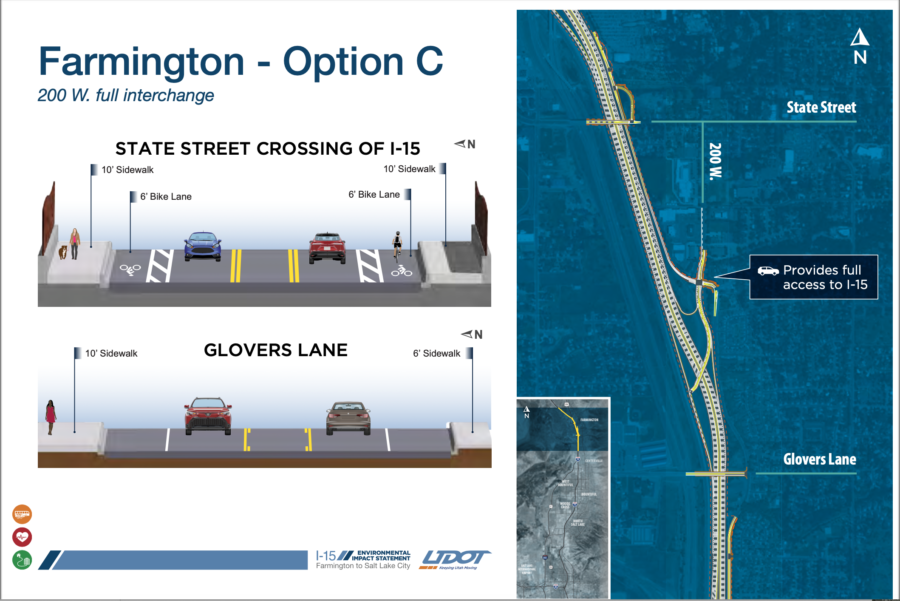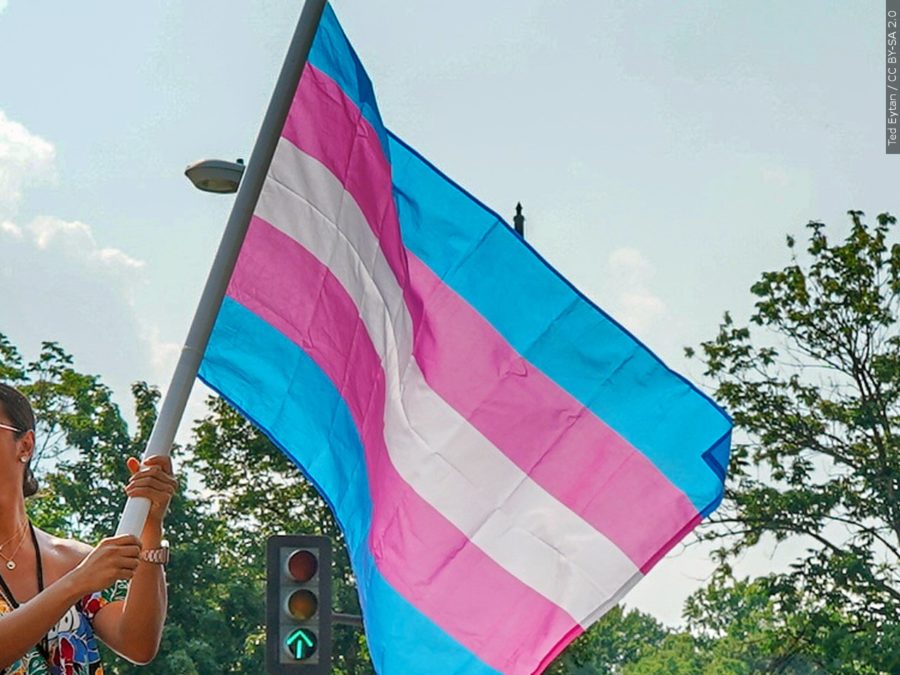April 1, 2020 is the next national census day. People everywhere can respond online, and it is said to be easier than ever before.
The United States Census Bureau said in press release that “in 2020, we will implement new technology to make it easier than ever to respond to the census. For the first time, you will be able to respond online, by phone, as well as by mail. We will use data that the public has already provided to reduce followup visits. And, we are building an accurate address list and automating out field operations — all while keeping your information classified and safe.”
The U.S Census Bureau is the federal government’s largest statistical agency. Each decade, it is required by the U.S Constitution to do a nationwide census.
The census helps decide how many representatives each state gets in Congress and whether or not to create bigger or smaller district boundaries. Due to the census, the government distributes more than $675 billion to states each decade.
The census is based across all 50 states. It counts every person in every household. It is said by the U.S census that 95% of the population will receive it through mail. Almost 5% will receive it when a census taker drops off the form at their house. Less than 1% will be counted in person when census taker comes to their door.
“Every decade since 1790, the U.S. Census Bureau has conducted a constitutionally mandated census to determine the number of people living within the United States and our territories,” Cathy Lacy, Regional Director U.S Census Bureau in the Denver Region said. “These data are used by our nation’s leaders to help make vital decisions on behalf of all residents, including reapportionment and redistricting. Census data also affects how federal funds are distributed to tribal, state and local governments each year.
The 2020 Census is confidential and your answers cannot be used against you. The census is only looking for statistics in the information that you give. One of the statements that the U.S. Census 2020 gave was, “When you trust us with your information, our goal — and legal duty — is to keep it safe. Our mission is to serve as the nation’s leading provider of quality data and about its people and economy.”
Utah’s population estimate as of July 2018 was 3,161,105. The population count for the United States was 327,167,434 as of July 2018. From the last census in 2010, Utah’s population has grown by 397,214 people.
Lacy also said, “One of the primary goals of the 2020 Census is to maximize the self response to the census. This not only reduces the overall cost of the census, but it also increases the accuracy of these data as well. Tribal, state and local governments, as well as community and business organizations can help us achieve this goal by bringing local knowledge and expertise to the process.”



















